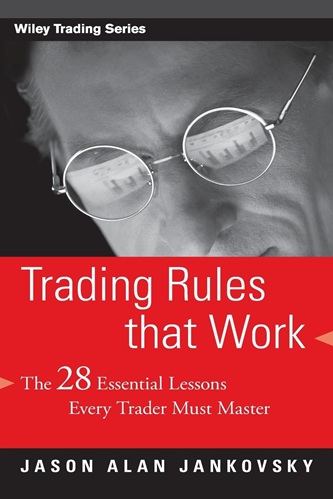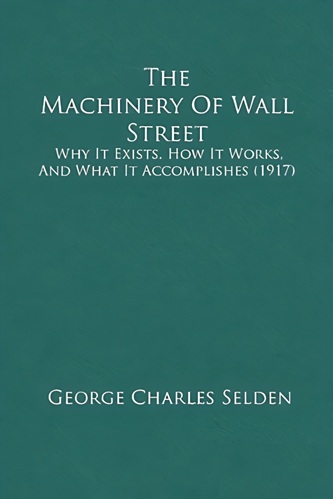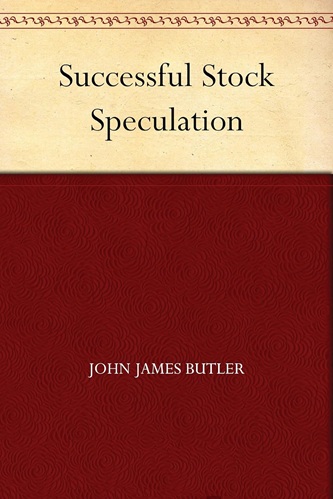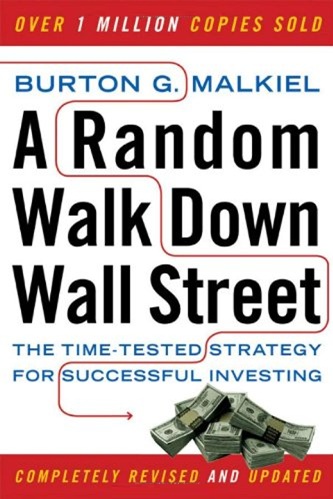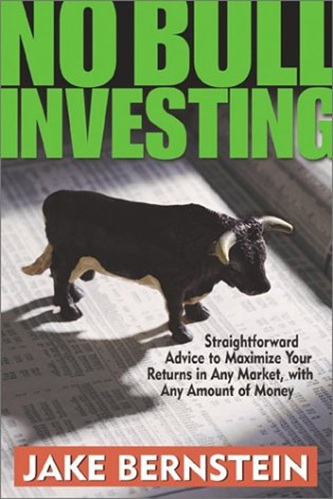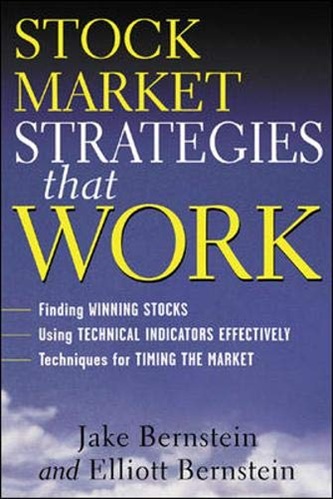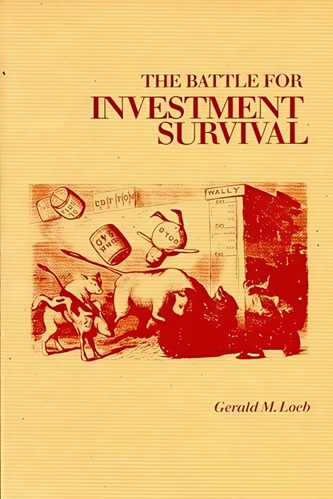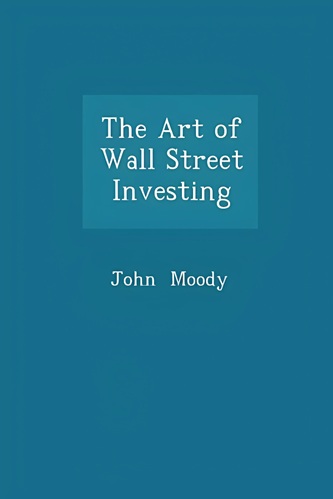Trading Psychology 2.0: From Best Practices to Best Processes
$18.97
| Author(s) | |
|---|---|
| Format |
|
| Pages |
450 |
| Publication Year |
2015 |
Trading Psychology 2.0 is a comprehensive guide to applying the science of psychology to the art of trading. Veteran trading psychologist and bestselling author Brett Steenbarger offers critical advice and proven techniques to help interested traders better understand the markets, with practical takeaways that can be implemented immediately. Academic research is presented in an accessible, understandable, engaging way that makes it relevant for practical traders, and examples, illustrations, and case studies bring the ideas and techniques to life.
Introduction:
Successful efforts to master markets lead us down paths of self-mastery. This book is one guide to those paths. Trading Psychology 2.0 seeks to bridge that gap by breaking trading success down to four essential processes. In the coming pages, you will learn a simple ABCD:
- A How to dynamically Adapt to changing market conditions
- B How to identify and Build on your distinctive trading strengths
- C How to Cultivate creative processes and generate fresh market perspectives
- D How to Develop best practices that help you sustain productivity and effectiveness in your work routines
Most of all, this book is about taking best practices—the ingredients of your trading success—and weaving them into best processes. The goal is not to change you but to help you more consistently tap into the drivers of your success.
There is a valuable tradition in academic scholarship called the literature review. A literature review is a survey of published research on a given topic, with an eye toward identifying what is known and what remains to be investigated. A good literature review is selective—covering the most important, methodologically sound studies—and it is integrative, highlighting areas of consensus and debate within a research field. Without such efforts, science would generate far more data than understanding. At its best, the literature review is a bridge between observation and explanation. If undertaken properly, it illuminates existing research directions and inspires new ones.
Although the exercise that inspired this book was a performance review and not a literature review, the aim was similar. I identified approximately a dozen of the very best traders I had worked with intimately over a decade of coaching and asked myself what made them tick. On the surface, they were quite different. Some were daytraders in the electronic futures markets; others were portfolio managers in currency and fixed income markets. A few were highly quantitative; others drew on pattern recognition in a purely discretionary manner. Some were outgoing, some introverted; some were highly emotional and passionate about winning and losing; others were relatively calm, cool performers.
When I looked at what these traders did, all I found was variety. When I examined how they did what they did, however—the processes underlying their decisions and actions—several common features leaped out at me:
- Adaptability. To a person, the best traders were adaptive and flexible. They were sensitive to market environments and altered their trading to fit changing landscapes.
- Creativity. The ideal for any trading firm is assembling a group of traders, each of whom delivers superior risk-adjusted returns in a relatively uncorrelated manner.
- Productivity. My experience confirms the findings of Dean Keith Simonton’s seminal work on greatness: The elite performers generate better ideas because they generate so many ideas.
Contents:
- Best Process #1: Adapting to Change
- Best Process #2: Building on Strengths
- Best Process #3: Cultivating Creativity
- Best Process #4: Developing and Integrating Best Practices
- Conclusion: From Best Practices to Best Processes
Trading Psychology 2.0: From Best Practices to Best Processes By Brett N. Steenbarger pdf


